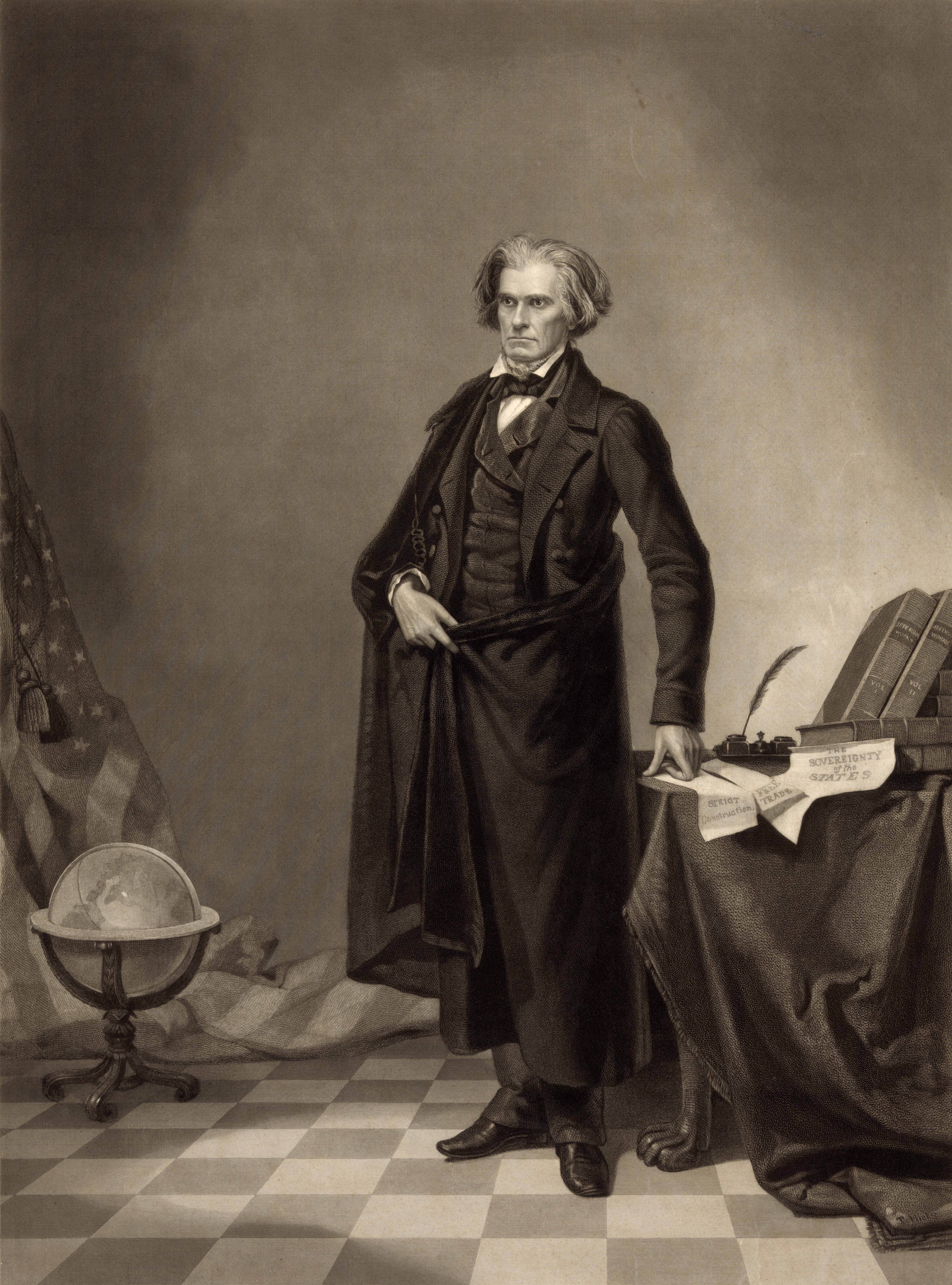States’ rights is a doctrine aimed at protecting the rights and powers of the states against those of the federal government. The 13 American states gave up many powers to the federal government when they ratified the United States Constitution. Only those powers that the Constitution did not grant to the national government were left to the states.
Everyone agrees that the states have rights that the federal government cannot lawfully touch. But the Constitution says that the federal government can make any laws that are “necessary and proper” for carrying its specific powers into effect. This provision makes it difficult to determine exactly what rights the states possess. Therefore, the major issue is not whether the states have rights, but rather who is to decide when these rights are abused.
Early history.
Today, most people connect the support of states’ rights with the South’s position on racial segregation. But historically, the doctrine has been invoked by states in every section of the country whenever they have felt their jurisdiction threatened. One of the earliest instances was the Kentucky and Virginia Resolutions, passed in opposition to the Alien and Sedition Acts enacted by the federal government in 1798. This opposition gave rise to the doctrine of nullification, which asserts that within its own borders, a state can nullify (declare illegal) those acts of the federal government which it considers an invasion of its own rights. The doctrine of nullification was developed by John Calhoun and officially adopted by South Carolina in 1832. See Nullification .

In 1860 and 1861, 11 Southern states carried the states’ rights idea to its most extreme point by seceding from the Union. Their defeat in the Civil War put an end to this particular interpretation of states’ rights. However, it is still generally agreed that the states have a jurisdiction that the federal government has no right to invade.
The task of drawing the exact line of state jurisdiction and deciding whether the federal government has overstepped it is now left to the federal courts. The decisions of the courts can be changed only by the courts themselves or by an amendment to the United States Constitution.
Later developments.
In the 1950’s, supporters of states’ rights claimed that decisions of the federal courts weakened the powers of the states. The Supreme Court of the United States declared that state laws ordering segregation in public schools, in public parks, and on public transportation systems violated provisions of the Constitution.
In the controversy over segregation, advocates of states’ rights insisted that each state has the right of interposition. This doctrine resembles nullification. It asserts that a state has the right to “interpose the sovereignty of a state against the encroachment upon the reserved power of the state.” Under this doctrine, a state has the power to overrule a decision of a federal agency if it conflicts with a state law, and all persons in the state must obey the state, not the federal, law.
Congress set up a Commission on Intergovernmental Relations in 1953 to study the extent of federal aid to the states, and the constitutional limits of federal and state powers. In 1955, the commission made its recommendations to the President and Congress. The recommendations covered such fields as agriculture, education, and housing. The commission noted that the Constitution forbids the states to legislate in such fields as interstate commerce, admiralty laws, and currency. It also pointed out that the problem of maintaining a federal system arises where both the federal and state governments have a choice of how to act in a given situation.
States’ rights parties have run candidates in most presidential elections since 1948. The core of these parties came from conservative Democrats and Republicans who opposed the civil rights policies of their own parties. One of these groups, the States’ Rights Democratic Party (nicknamed the Dixiecrat Party), carried four Southern states in 1948. In 1968, George C. Wallace, the American Independent Party’s presidential candidate, also stressed states’ rights and carried five Southern states.
